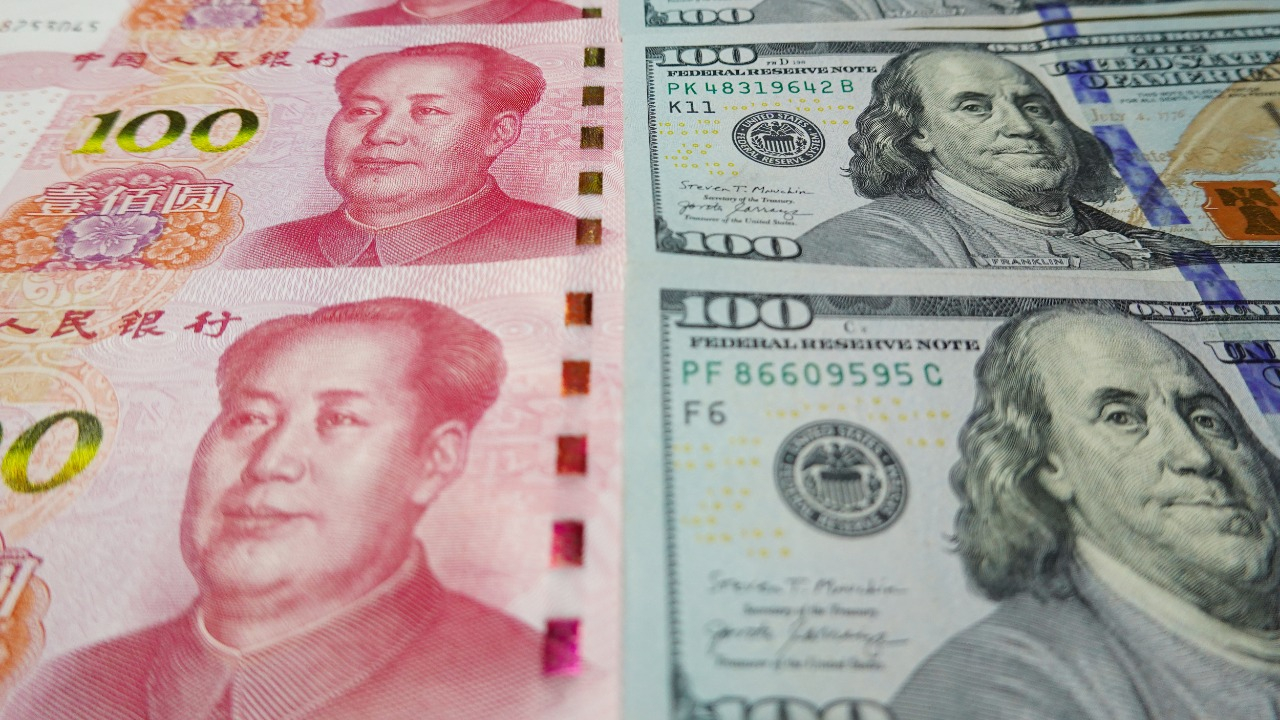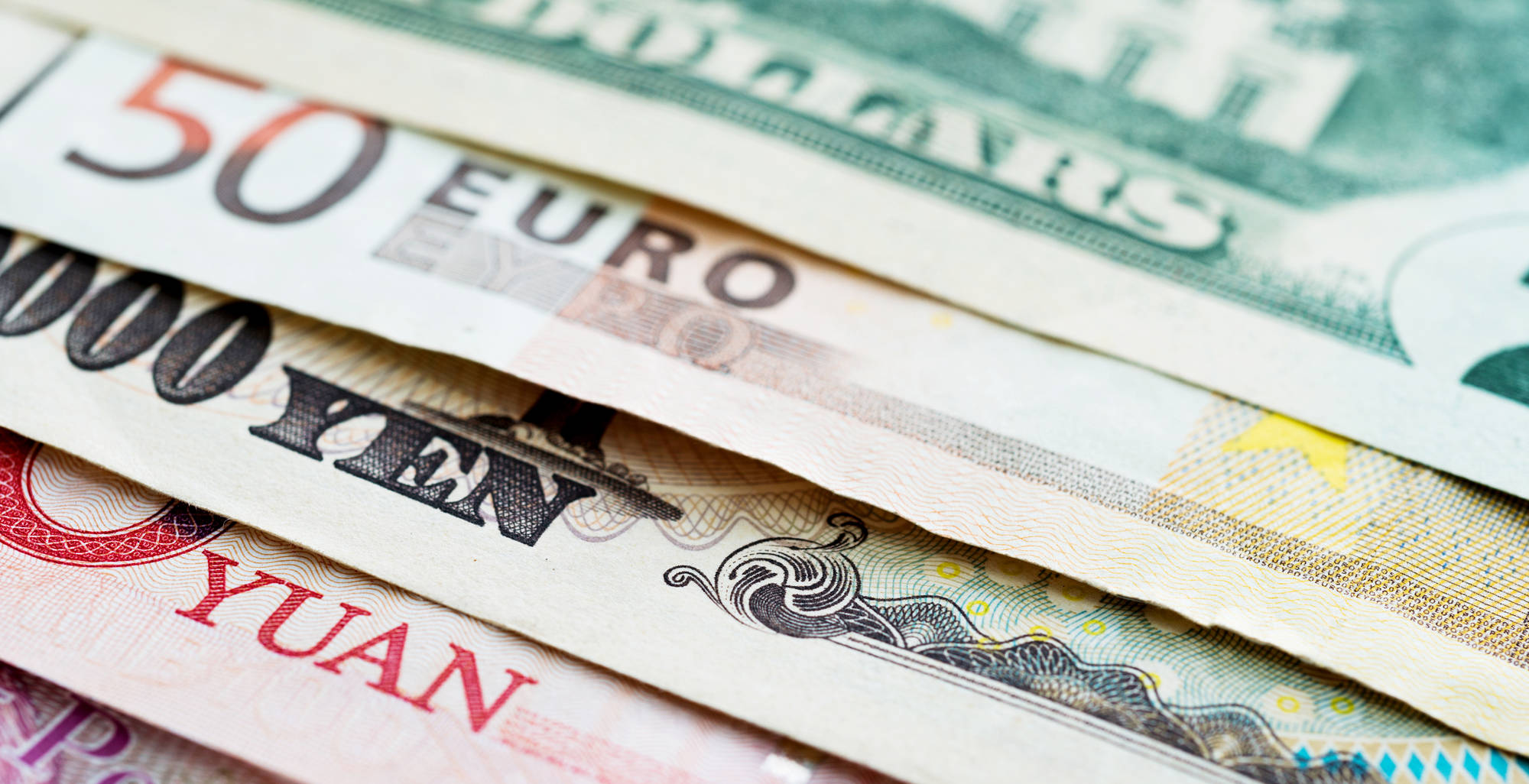Why The Euro And Yuan Struggle To Replace The Dollar As Global Reserve Currencies
Despite incremental progress, both currencies face structural, political, and institutional barriers that limit their viability as replacements.

Michael J. Harrington
Feb 20, 2025
The U.S. dollar’s dominance as the world’s primary reserve currency has persisted for decades, but recent geopolitical shifts and economic trends have sparked debates about potential alternatives like the euro and the Chinese yuan. Despite incremental progress, both currencies face structural, political, and institutional barriers that limit their viability as replacements. Below, we analyze the key challenges hindering the euro and yuan from displacing the dollar.
Structural Limitations Of The Euro
Fragmented Fiscal Governance And Political Divergence
The euro’s fundamental weakness stems from the Eurozone’s lack of fiscal unity. While member states share a common currency, they retain sovereignty over national budgets, leading to persistent macroeconomic divergences.
For example, Germany’s fiscal conservatism often clashes with the spending priorities of southern European nations like Italy and Greece, creating political friction. During the 2010–2012 debt crisis, these disparities nearly destabilized the euro, as Greece’s unsustainable debt exposed the risks of a "one-size-fits-all" monetary policy. Even today, Italy’s debt-to-GDP ratio (over 130%) and populist politics threaten the bloc’s cohesion, deterring foreign investors seeking stability.
The absence of a full fiscal union exacerbates these risks. Proposals for shared debt issuance, such as the EU’s COVID-19 recovery fund, face resistance from wealthier northern states wary of subsidizing weaker economies. Without mechanisms to redistribute fiscal burdens or synchronize economic policies, the euro remains vulnerable to asymmetric shocks, such as energy crises or banking collapses.
Banking Sector Fragility And Incomplete Integration
Europe’s banking system remains fragmented, with national regulators often prioritizing domestic interests over regional stability. The European Central Bank (ECB) has struggled to implement a unified supervisory framework, leaving banks in high-debt countries like Italy exposed to sovereign debt risks.
A 2023 proposal to mutualize deposit insurance and crisis-resolution funds stalled due to disagreements over burden-sharing. This "doom loop" - where banks hold large volumes of their own governments’ bonds - heightens systemic risks, undermining confidence in the euro as a safe-haven asset.
Limited Supply Of High-Quality Euro Assets
The euro’s role as a reserve currency is constrained by the scarcity of liquid, low-risk euro-denominated assets. Unlike U.S. Treasuries, which are issued by a single sovereign entity, eurozone government bonds are fragmented across 19 nations, reducing market depth.
Furthermore, the ECB holds over 30% of eurozone sovereign debt, limiting availability for foreign investors. By contrast, U.S. Treasuries account for 30% of global foreign-held debt, offering unparalleled liquidity.
The Yuan’s Convertibility And Trust Deficit
Capital Controls And Managed Exchange Rates
China’s strict capital controls remain the most significant barrier to the yuan’s internationalization. The People’s Bank of China (PBOC) tightly regulates cross-border capital flows, restricting foreign access to mainland markets and capping individual conversions at $50,000 annually.
While offshore yuan (CNH) markets in Hong Kong provide partial convertibility, arbitrage between CNH and onshore yuan (CNY) is limited, creating a fragmented currency system. This contrasts sharply with the dollar’s free convertibility, which enables seamless global transactions.
The yuan’s exchange rate is also managed against a basket of currencies, with the PBOC frequently intervening to stabilize its value. Such interventions erode trust, as investors perceive the yuan as a tool for political objectives rather than market-driven outcomes.
Geopolitical Risks And Transparency Concerns
Western sanctions on Russia after its 2022 invasion of Ukraine highlighted the risks of relying on currencies controlled by geopolitical rivals. While China has promoted yuan usage in trade with sanctioned states like Russia and Iran, its own exposure to U.S. financial systems complicates efforts to "de-dollarize." Over 94% of yuan foreign exchange transactions involve the dollar, and China holds nearly $1.9 trillion in U.S. Treasuries, illustrating deep interdependence.
Additionally, China’s lack of transparency in monetary policymaking and fears of arbitrary regulatory changes deter foreign central banks. The Communist Party’s centralized control over financial institutions contrasts with the Federal Reserve’s perceived independence, a key factor in the dollar’s credibility.
Underdeveloped Financial Markets
China’s financial markets lack the depth and openness required for a reserve currency. Foreign ownership of Chinese stocks and bonds remains below 5%, compared to 30% for U.S. assets. Restrictions on short-selling, derivatives, and credit ratings further limit liquidity. Although initiatives like the Cross-Border Interbank Payment System (CIPS) aim to rival SWIFT, they process just 3% of global transactions, underscoring the yuan’s niche role.
Comparative Advantages Of The Dollar
Institutional And Market Depth
The dollar’s dominance rests on the unparalleled depth of U.S. financial markets, which offer $24 trillion in Treasuries and $40 trillion in corporate bonds. These liquid, low-risk assets enable central banks to manage reserves efficiently. By contrast, the euro and yuan markets are smaller and less accessible, with the eurozone’s sovereign debt spread across multiple issuers and China’s markets constrained by capital controls.
Political Stability And Rule Of Law
The U.S. benefits from stable institutions, predictable legal frameworks, and a history of honoring debt obligations - critical factors for reserve currencies. By contrast, the eurozone’s recurrent political crises (e.g., Brexit, rise of far-right parties) and China’s opaque governance deter long-term confidence.
Network Effects And Inertia
Over 60% of global trade invoices and 58% of foreign exchange reserves are denominated in dollars, creating self-reinforcing network effects. Shifting to alternatives would require costly restructuring of contracts, payment systems, and reserves - a barrier even for disgruntled U.S. adversaries.
Conclusion: A Multipolar Future, But No Heir Apparent
While the euro and yuan have made strides in regional trade and reserve diversification, neither can yet rival the dollar’s institutional, market, and geopolitical advantages. The euro’s incomplete fiscal union and the yuan’s capital controls represent structural bottlenecks unlikely to be resolved soon.
However, incremental shifts - such as the EU’s green bond initiatives or China’s digital yuan pilots - could gradually erode dollar dominance in specific sectors. For now, the world remains anchored to the dollar, not due to a lack of alternatives, but because the costs of transition outweigh the benefits.
